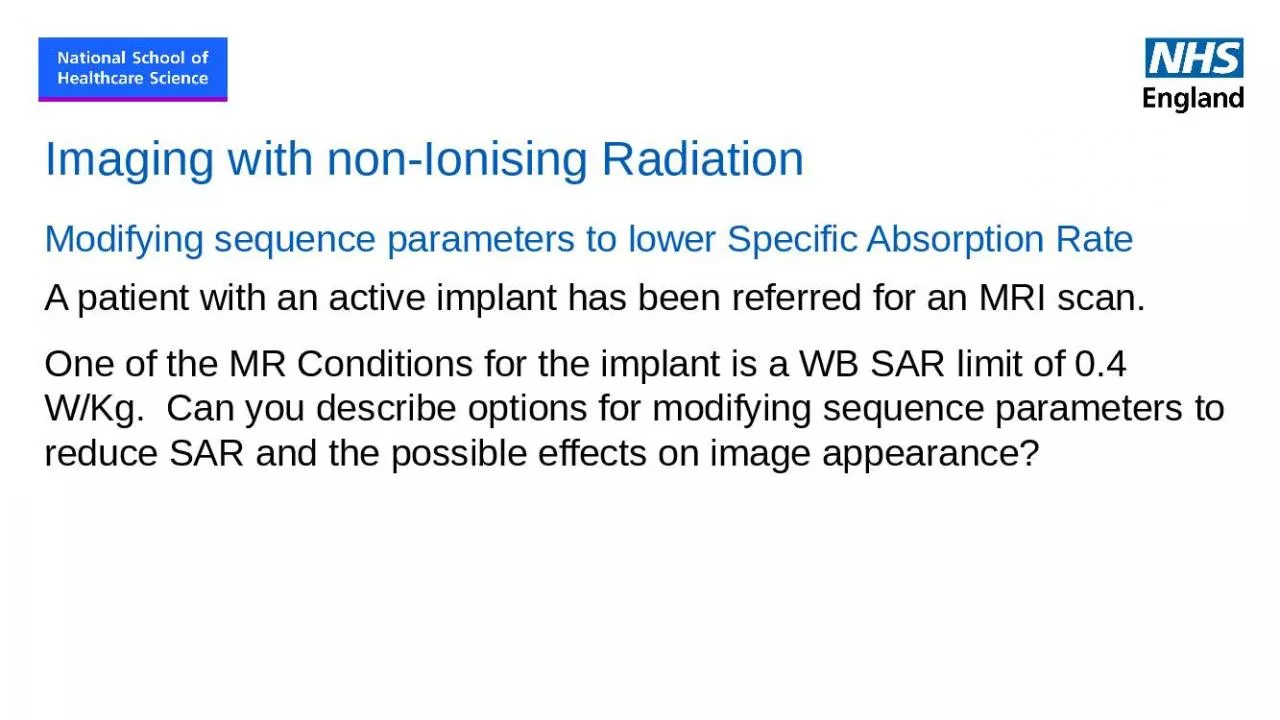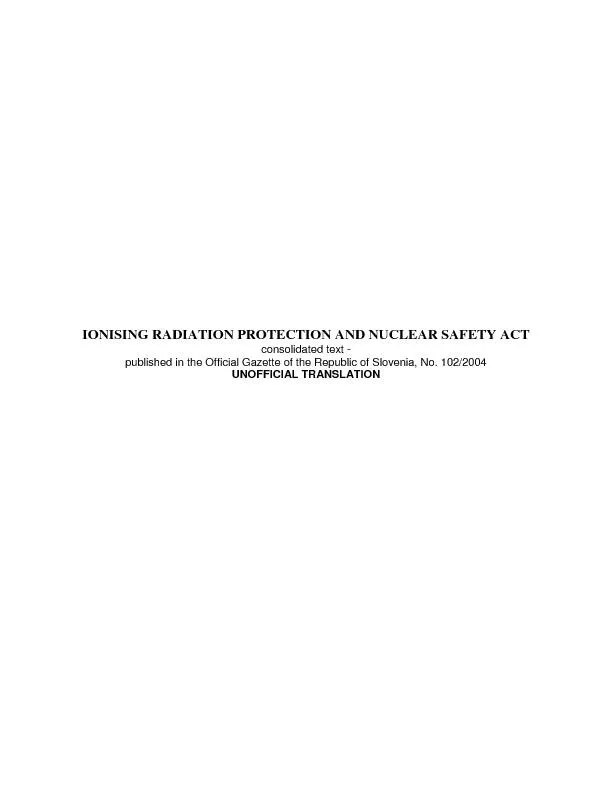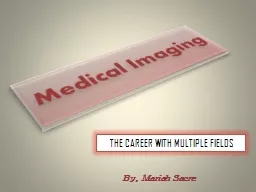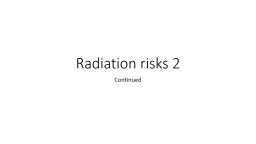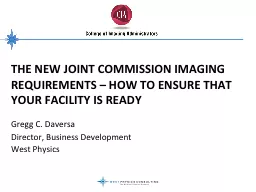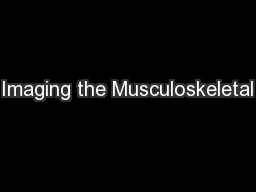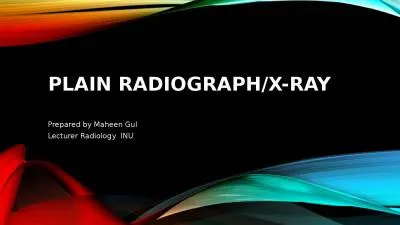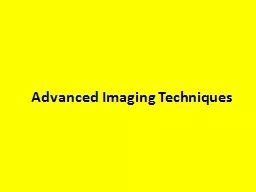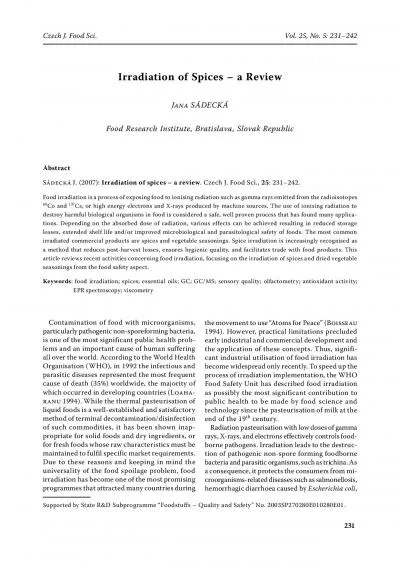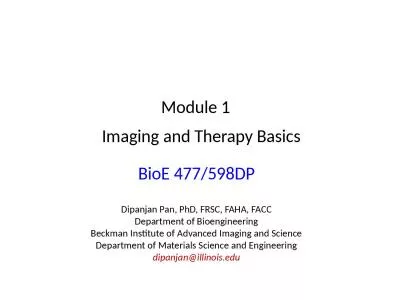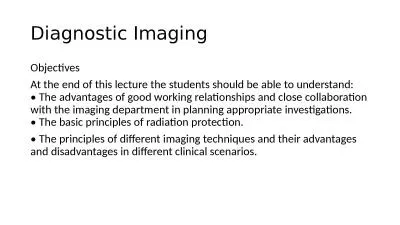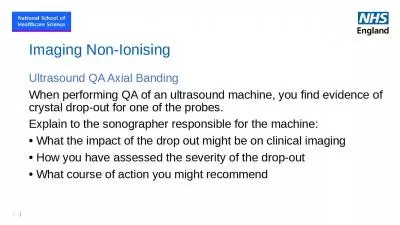PPT-Imaging with non-Ionising Radiation
Author : marcus848 | Published Date : 2024-10-30
Radiation Modifying sequence parameters to lower Specific Absorption Rate A patient with an active implant has been referred for an MRI scan One of the MR Conditions
Presentation Embed Code
Download Presentation
Download Presentation The PPT/PDF document "Imaging with non-Ionising Radiation" is the property of its rightful owner. Permission is granted to download and print the materials on this website for personal, non-commercial use only, and to display it on your personal computer provided you do not modify the materials and that you retain all copyright notices contained in the materials. By downloading content from our website, you accept the terms of this agreement.
Imaging with non-Ionising Radiation: Transcript
Download Rules Of Document
"Imaging with non-Ionising Radiation"The content belongs to its owner. You may download and print it for personal use, without modification, and keep all copyright notices. By downloading, you agree to these terms.
Related Documents

